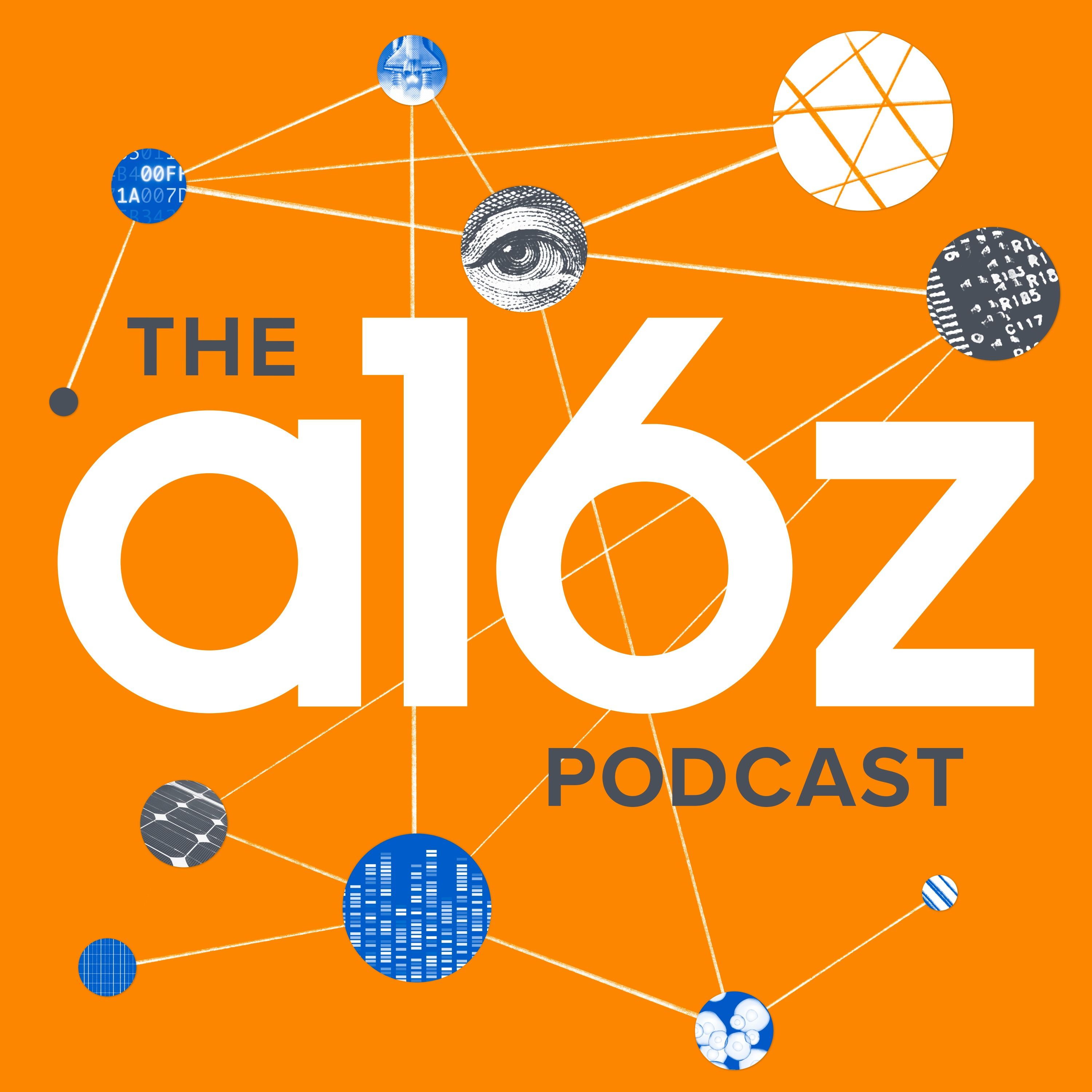PortalsOS
Related Posts
Vote to see vote counts

There is a convergence happening among large language models (LLMs), with no sustainable technical advantage being developed, as AI can quickly reverse engineer other AIs.
The success of LLMs in language tasks was surprising, as language was previously considered different from other AI tasks.

AI's ability to conduct tasks in multiple languages expands its utility in diverse markets, overcoming language barriers.

The discovery of scaling laws for language models was initially seen as a rare triumph, but deep learning continues to provide breakthrough after breakthrough.

The essence of intelligence is achieving goals, and large language models lack substantive goals, focusing instead on predicting the next token.
There is a possibility of AI causing an intelligence explosion, where AI systems rapidly improve themselves, leading to significant advancements.

The capabilities of large language models (LLMs) have improved but have not fundamentally changed. Like the iPhone, early iterations were groundbreaking, but recent developments have been incremental, focusing on improvements rather than breakthroughs.

AI's integration across different modalities, such as language and image, is leading to a new level of unified intelligence. This development is expected to extend to other fields like biology and material science, potentially leading to superhuman capabilities in understanding complex systems.

There is a possibility of an intelligence explosion where AI systems could rapidly improve themselves, but this is uncertain and depends on future technological breakthroughs.
The lack of a goal in large language models is a fundamental flaw because intelligence is defined by the ability to achieve goals.